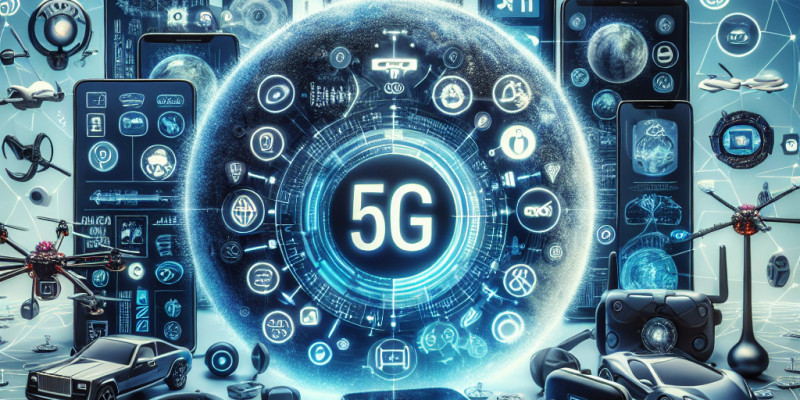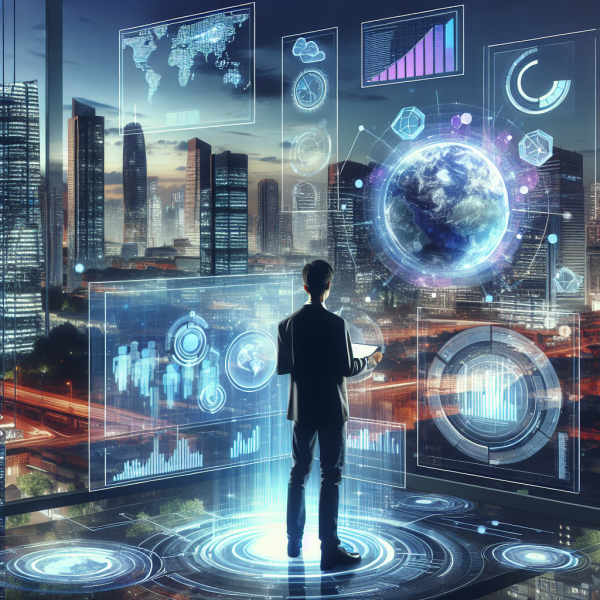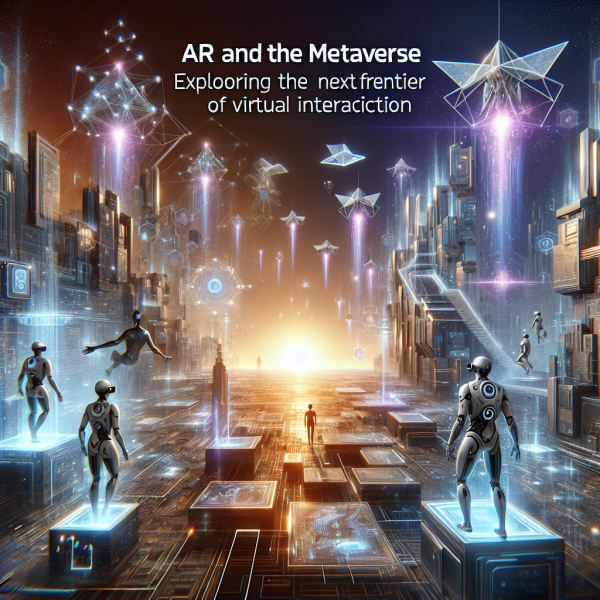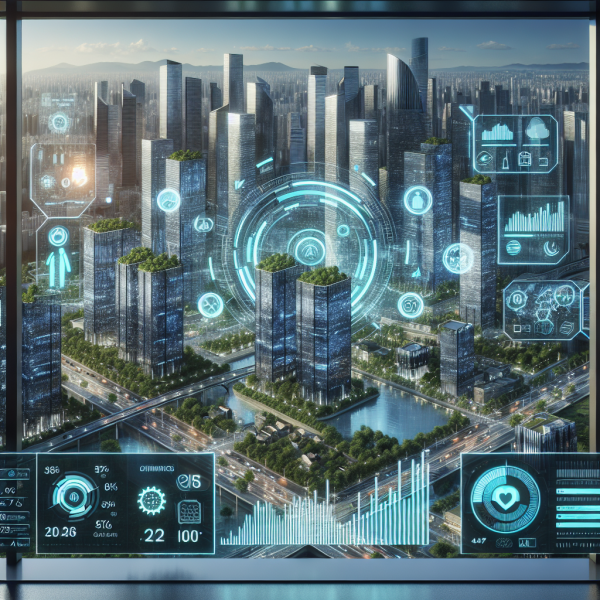The Rise of 5G and Beyond: How Connectivity is Powering Emerging Technologies in 2024

The Rise of 5G and Beyond: How Connectivity is Powering Emerging Technologies in 2024
In recent years, connectivity has transformed from a luxury to a necessity. As we dive into 2024, the rise of 5G technology and the movement toward 6G are powering a plethora of emerging innovations across various sectors. This evolution in telecommunications is not merely about faster internet speeds; it represents a paradigm shift in how devices communicate, how businesses operate, and how societies function. Here’s a closer examination of how 5G and its successors are shaping the technological landscape of 2024.
The 5G Revolution
5G technology has significantly enhanced mobile connectivity since its rollout. With speeds up to 100 times faster than its predecessor, 4G, and the ability to support up to a million devices per square kilometer, 5G has redefined the digital experience. In 2024, we see its influence permeating various domains:
-
Smart Cities: Urban environments are increasingly becoming ‘smart’ through enhanced connectivity. Traffic sensors, waste management systems, and public safety monitors are interconnected via 5G networks, allowing for real-time data analysis. This data not only improves efficiency but also enhances the quality of life for citizens by minimizing congestion, optimizing resource allocation, and ensuring public safety.
-
Telemedicine: The healthcare sector has seen a revolutionary shift thanks to 5G. High-definition video consultations and remote patient monitoring are now commonplace. Surgeons can rely on real-time data for precision surgery, while hospitals harness 5G to track patient flows, ensuring optimal resource utilization. The pandemic underscored the necessity of telehealth, and 5G has cemented its role as a critical healthcare delivery method.
- Autonomous Vehicles: The journey toward fully autonomous vehicles is heavily reliant on robust connectivity. 5G supports faster communication between vehicles, infrastructure, and cloud services, enabling real-time navigation and decision-making. In 2024, cities like Singapore and San Francisco are piloting smart transport networks utilizing this technology to enhance road safety and reduce traffic emissions.
Edge Computing: A Complement to 5G
As 5G networks become more prevalent, edge computing is emerging as a vital component of the tech ecosystem. By processing data closer to the source rather than relying solely on cloud infrastructure, edge computing paired with 5G reduces latency, increases speed, and improves the efficiency of various applications.
-
Augmented and Virtual Reality: AR and VR technologies are finding new applications beyond gaming, including in education, retail, and real estate. With 5G, users can experience high-quality immersive environments without lag, whether they’re trying out a virtual home or participating in interactive learning sessions.
- Industrial Automation: Manufacturing sectors have begun adopting edge computing with 5G to streamline operations. Sensors connected via 5G networks allow factories to optimize production lines, predict machinery failures through predictive maintenance, and implement just-in-time manufacturing techniques, thereby reducing waste and increasing profitability.
The Path to 6G
While 5G is still being optimized for global use, researchers and corporations are already setting their sights on 6G, anticipated to roll out around the 2030s. 6G promises even faster speeds, lower latency, and integration with advanced technologies like AI and machine learning.
-
Hyperconnectivity: 6G aims to connect not just devices but entire ecosystems—cities, industries, and environments. Imagine a world where every object—including appliances and vehicles—communicates with one another seamlessly to create smarter living environments.
- Sustainable Technology: As the world grapples with climate change, the rise of 6G could usher in solutions to enhance sustainability. Smart grids powered by advanced connectivity can optimize energy usage, while technology-driven logistics could minimize carbon footprints across supply chains.
Challenges Ahead
While the potential of 5G and its successors is impressive, challenges remain. Issues of digital disparity, cybersecurity, and infrastructure limitations pose significant hurdles. Ensuring equitable access to advanced connectivity is crucial for all communities, especially in rural and underserved areas, to prevent further widening of the digital divide.
Moreover, as technology advances, designing and securing networks against vulnerabilities becomes increasingly important. Cybersecurity needs must evolve alongside connectivity innovations to protect sensitive data from malicious threats.
Conclusion
The rise of 5G and the groundwork for 6G mark an exciting era in connectivity, with the potential to power a range of emerging technologies transforming industries and everyday life. As we move through 2024, the ongoing development of these technologies promises to redefine what is possible, paving the way for smarter, more interconnected economies and societies. By addressing the accompanying challenges, we can ensure that the benefits of enhanced connectivity are accessible to all, fostering innovation and growth in the years to come.













